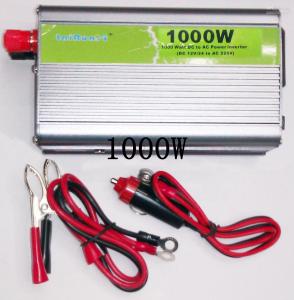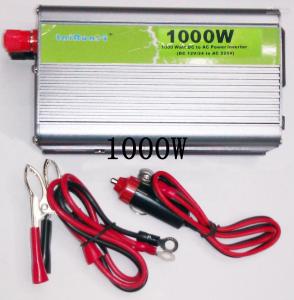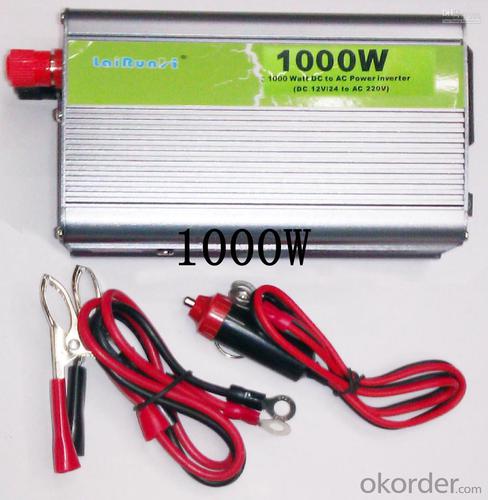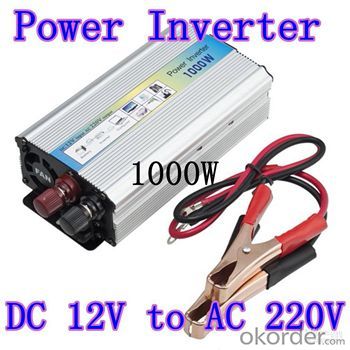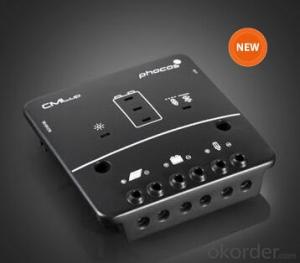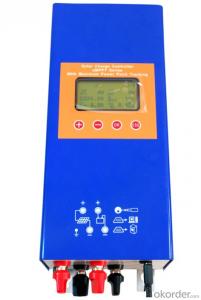Networking Solar Controllers for LS****B Series Remote Display and MT50 Remote Meter
OKorder Service Pledge
OKorder Financial Service
You Might Also Like
Descriptions:
The new generation remote meter MT50 is compatible with LS****B solar charge controller. It can monitor real-time data and status, remotely control load ON/OFF, browse and modify the control parameter, charge mode, load work mode, and inquiry failure information etc.

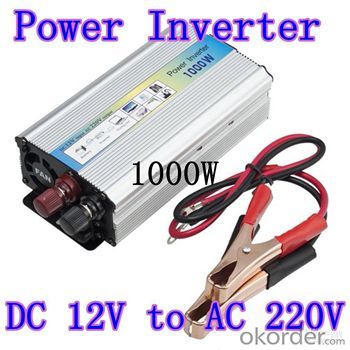
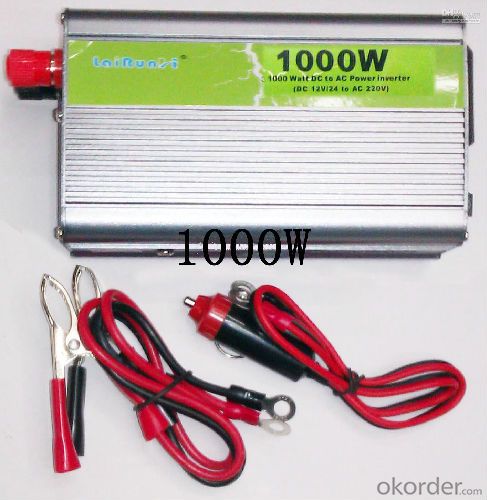
Features:
·Automatic identify the controller, and display the type, model and relevant parameter data
·Large-screen multifunction LCD displays all the operational data and system working status in digital, graphic and textual forms
·With six navigation function keys, the operation is direct, convenient and rapid
·Real-time energy statistics recording
·Both data and data flowing on the same lead ,no need for external power
·Real-time monitoring and acoustic alarm of failure information of the controller
·Longer communication distance based on RS485
More powerful function Via MT50
·Diversified load control modes : manual, light ON/OFF, Light ON+ Timer, Time Control
·Battery type selection: Gel, sealed, flooded and USER type
·Real-time monitor
·Programmable parameters
·Energy display function
Specification:
Self-consumption | Backlight and acoustic alarm on<65mA Backlight on<23mA Backlight off <15mA |
Faceplate dimensions | 98×98 mm / 3.86×3.86 in |
Frame dimensions | 114×114 mm / 4.49×4.49 in |
Connector type | RJ45 |
Meter cable | Standard 2m, max .50m |
Meter weight | 0.190 Kg |
Ambient Temperature | -20℃~+70℃/-4℉~158℉ |
- Q: Can a solar controller be used with solar-powered marine systems?
- Yes, a solar controller can be used with solar-powered marine systems. A solar controller helps regulate and optimize the charging process of batteries connected to solar panels. This is essential in marine systems as it helps protect the batteries from overcharging and provides efficient power management.
- Q: Can a solar controller be used with a solar-powered GPS tracker?
- Yes, a solar controller can be used with a solar-powered GPS tracker. A solar controller helps regulate the charging and discharging of the battery by optimizing the power generated from the solar panels. This ensures efficient energy management and extends the battery life of the GPS tracker, making it an ideal companion for solar-powered devices.
- Q: Can a solar controller be used in both off-grid and grid-tied systems?
- No, a solar controller cannot be used in both off-grid and grid-tied systems. Off-grid systems require a solar controller to manage the battery charging and discharging process, while grid-tied systems do not use batteries and therefore do not require a solar controller.
- Q: What is the display type of a solar controller?
- The display type of a solar controller typically consists of an LCD (Liquid Crystal Display) screen.
- Q: Can a solar controller be used with a solar-powered weather station?
- Yes, a solar controller can be used with a solar-powered weather station. The solar controller regulates the charging and discharging of the batteries that power the weather station, ensuring optimal performance and longevity of the system.
- Q: How to choose a solar controller
- Hongyi HY-12 / 24V10A solar controller designed for solar DC power supply system, solar DC street lamp system design, and the use of a dedicated computer chip intelligent controller. Use a one-touch touch switch to complete all operations and settings.
- Q: Can a solar controller be used in a residential solar power system?
- Certainly! A residential solar power system can indeed utilize a solar controller. This vital component, also referred to as a charge controller or solar regulator, is indispensable within such a system. Its primary function involves the regulation of voltage and current flow from the solar panels to the battery, while simultaneously averting the perils of overcharging. In the context of a residential solar power system, the solar controller's fundamental role is to ensure efficient battery charging and safeguard its longevity by preventing damage caused by excessive charging. Additionally, it serves to shield the battery against excessive discharge during periods of inadequate sunlight or heightened energy consumption. Consequently, the solar controller assumes a pivotal position in optimizing the performance and durability of a residential solar power system.
- Q: Can a solar controller be used in a hybrid solar power system?
- Yes, a solar controller can be used in a hybrid solar power system. A solar controller helps regulate the charging and discharging of batteries in a solar system, ensuring optimal performance and extending battery life. In a hybrid solar power system, where additional energy sources like wind or diesel generators are also used, a solar controller can still be utilized to manage the solar component of the system.
- Q: Can a solar controller be used with solar-powered security systems?
- Yes, a solar controller can be used with solar-powered security systems. A solar controller is designed to regulate the charging of batteries in solar power systems, including those used in solar-powered security systems. It helps manage the flow of solar energy from the solar panels to the batteries, ensuring efficient charging and preventing overcharging or damage to the batteries.
- Q: How does a solar controller handle the protection against lightning strikes?
- A solar controller typically does not provide direct protection against lightning strikes. However, it can indirectly help protect the solar panels and other equipment by regulating the flow of electricity and mitigating potential damage caused by power surges or voltage spikes that may occur during a lightning strike. Additionally, proper grounding and the use of surge protection devices in the overall solar system installation can further enhance its resilience against lightning strikes.
Send your message to us
Networking Solar Controllers for LS****B Series Remote Display and MT50 Remote Meter
OKorder Service Pledge
OKorder Financial Service
Similar products
Hot products
Hot Searches
Related keywords
